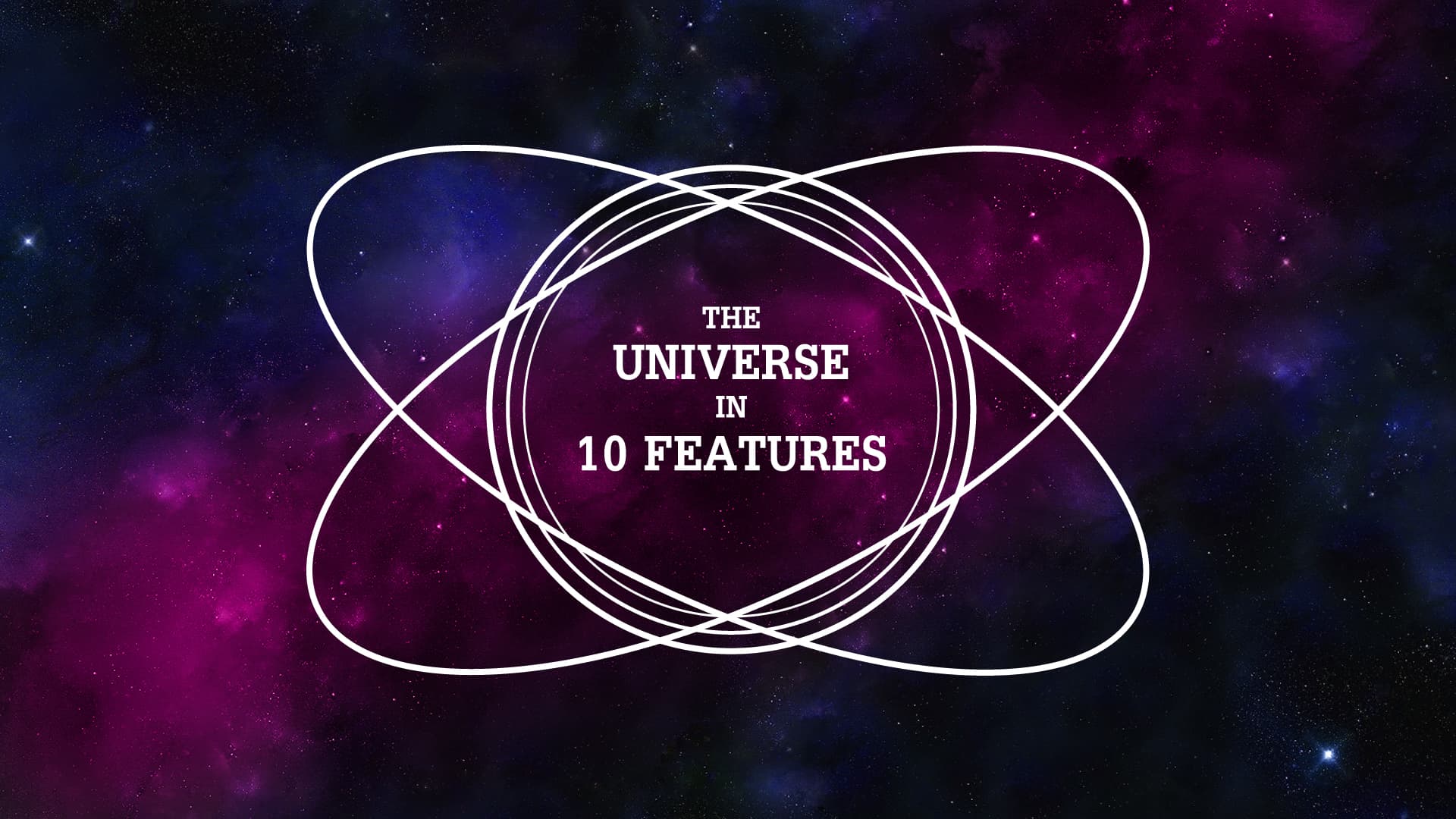The Universe began 13.8 billion years ago in an event called the Big Bang. Throughout its ages the universe has changed a lot, sometimes dramatically, so to appreciate these changes I’m going to discuss the History of the Universe in 10 Features.
My first feature is the theory of cosmic inflation. In itself the idea is quite simple. Between 10−36 seconds after the Big Bang to sometime between 10−33 and 10−32 seconds the Universe expanded at an exponential rate. There are two problems with the Big Bang that are solved with Inflation: the horizon problem and the flatness problem.
On large scale the universe is incredibly uniform: it looks the same wherever we look. But there are no mechanism for which two very far away region that have not been in contact should have the same physical properties. And yet in our Universe they do.
The other problem is the flatness of the Universe. The density of the universe now is very close to a special value called the critical density. The density plays a role in defining the curvature of the Universe, with the critical density representing a 3 dimensionally flat Universe. In an expanding Universe like ours, the density will diverge from the critical density over time. This means that the further back we look the closer the density was to the critical value. There is no physical mechanism for which the density can be so closely fine tuned to that value.
The exponential expansion assumed in cosmic inflation takes care of both problems and thus solving the major theoretical issues with the Big Bang Theory.

